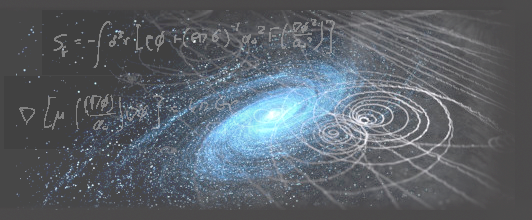The IceCube Neutrino Observatory, located at the South Pole is the world's largest optical neutrino telescope instrumenting a total of 1 km$^3$ of glacial ice with more than 5000 sensors. After more than a decade of data taking, IceCube has revealed the high-energy astrophysical neutrino flux, identified sources of high-energy neutrinos, probed beyond the standard model and fundamental...
Cosmic neutrinos are the perfect messenger particles. They can propagate vast distances uninterrupted, making it possible to probe the most violent phenomena in the universe, but they are also notoriously difficult to detect. The Radio Neutrino Observatory, currently under construction in Greenland, will, once completed, be the first experiment large enough to tap into the predicted neutrino...
The origin of the high-energy diffuse neutrino flux observed in neutrino telescopes is not known. Most models for astrophysical neutrino generation assume that neutrinos come from decays of pions and kaons produced when accelerated protons collide with ambient photons in the source. I will demonstrate that, similarly to atmospheric neutrinos, if there is a significant amount of hadronic matter...

